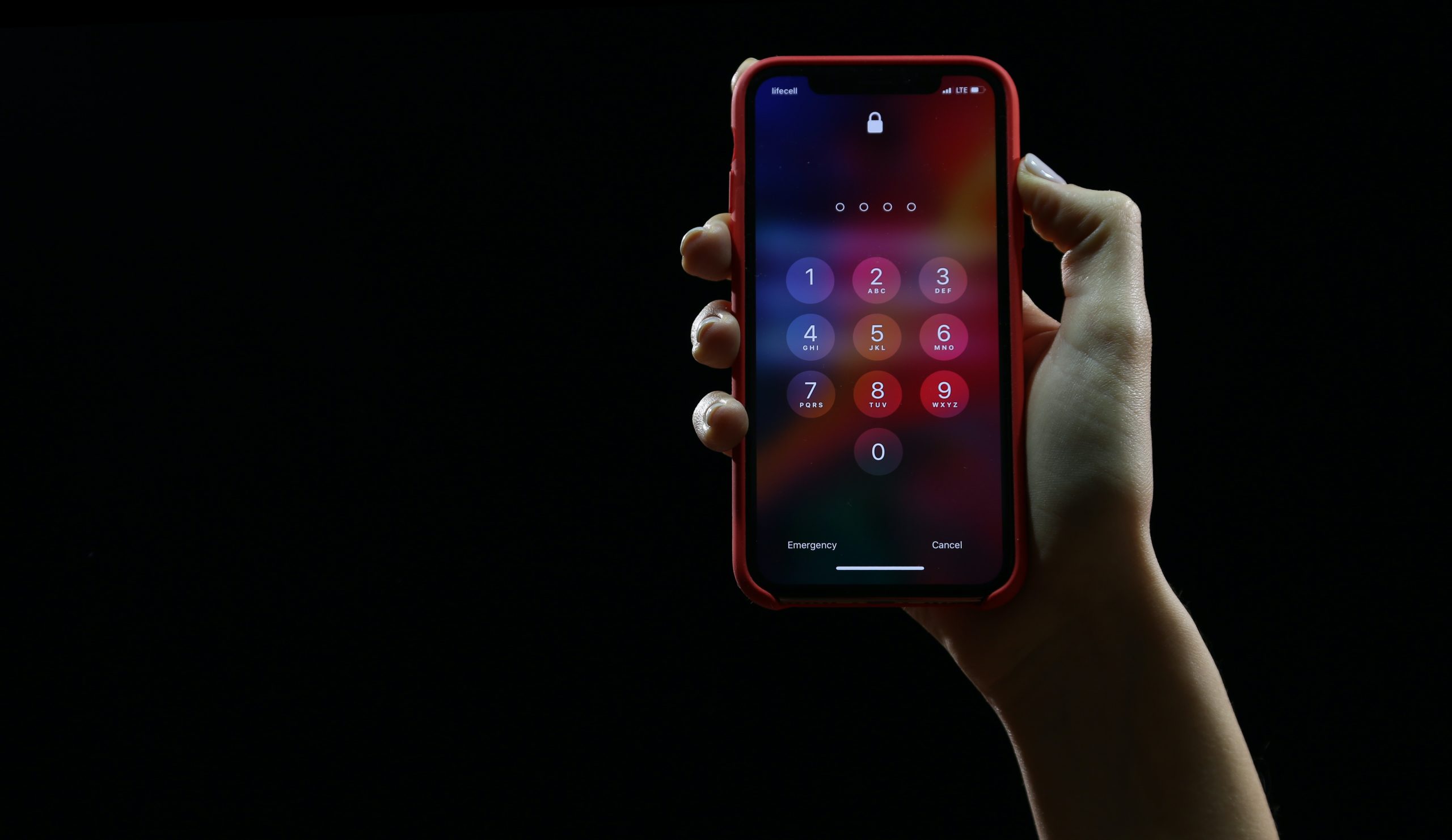Screen hacking is a term used to describe the act of an unauthorized individual gaining access to a person's computer or mobile device screen without their knowledge or consent. This type of hacking can occur remotely or physically, and it can be used to spy on users, steal information, or carry out malicious actions on their behalf.
How does screen hacking work?
Screen hacking can be carried out in several ways, including through malware, phishing, or physical access. Malware, which is a type of software designed to harm or exploit a device or network, can be used to take control of a person's screen. Phishing, on the other hand, involves tricking users into providing sensitive information by posing as a trustworthy entity. Physical access to a device or computer can also allow a hacker to gain control of the screen.
Can attackers control your screen remotely?
Yes, attackers can remotely control your screen through malware or other remote access tools. Remote access software allows someone to control your computer from a remote location. Cybercriminals can use this software to take control of your computer and use it for malicious purposes. They can see everything on your screen, access your files and data, and even install additional malware on your device.
How to know if your screen has been hacked
There are several signs that your screen has been hacked. Some of these signs include:
- Unusual pop-ups, messages, or warnings that appear on your screen
- Your device is running slow or has become unresponsive
- Your browser homepage has changed without your consent
- You notice new software or toolbars on your device that you did not install
- Your device is acting strange, for example, the mouse cursor moves on its own.
If you notice any of these signs, it's essential to take action immediately to protect your device and data.
How to protect yourself against touchscreen hacking
Protecting yourself against touchscreen hacking requires a combination of preventative measures and good security habits. Here are some tips to help protect yourself:
- Install antivirus software and keep it up to date. This software can help detect and remove malware from your device.
- Be cautious of emails, messages, or links from unknown sources. Phishing attacks often come through these channels.
- Use strong passwords and enable two-factor authentication whenever possible.
- Keep your device's software and operating system up to date. Software updates often include security fixes that can help protect your device from vulnerabilities.
- Avoid connecting to public Wi-Fi networks without using a virtual private network (VPN). Public Wi-Fi networks are often unsecured, making them easy targets for hackers.
- Cover your webcam with tape or a sticker when not in use. This can help prevent hackers from spying on you through your webcam.
By following these tips, you can help protect yourself against touchscreen hacking and other cyber threats. Remember, prevention is always better than cure when it comes to cybersecurity.


